NASA’s “JunoCam” has captured photos of huge, “endless storms” on our Solar System’s largest planet. 😍🌌.
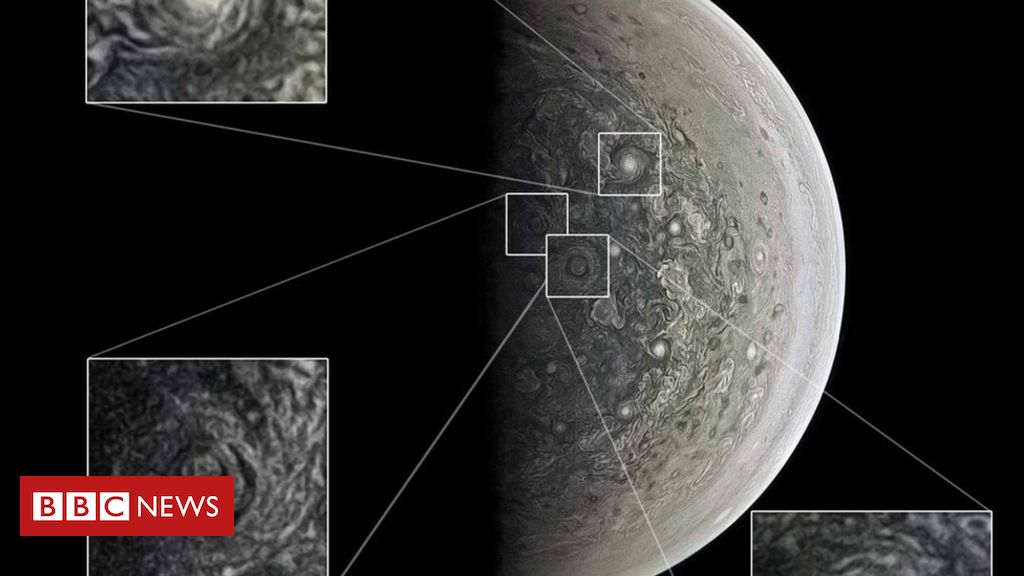

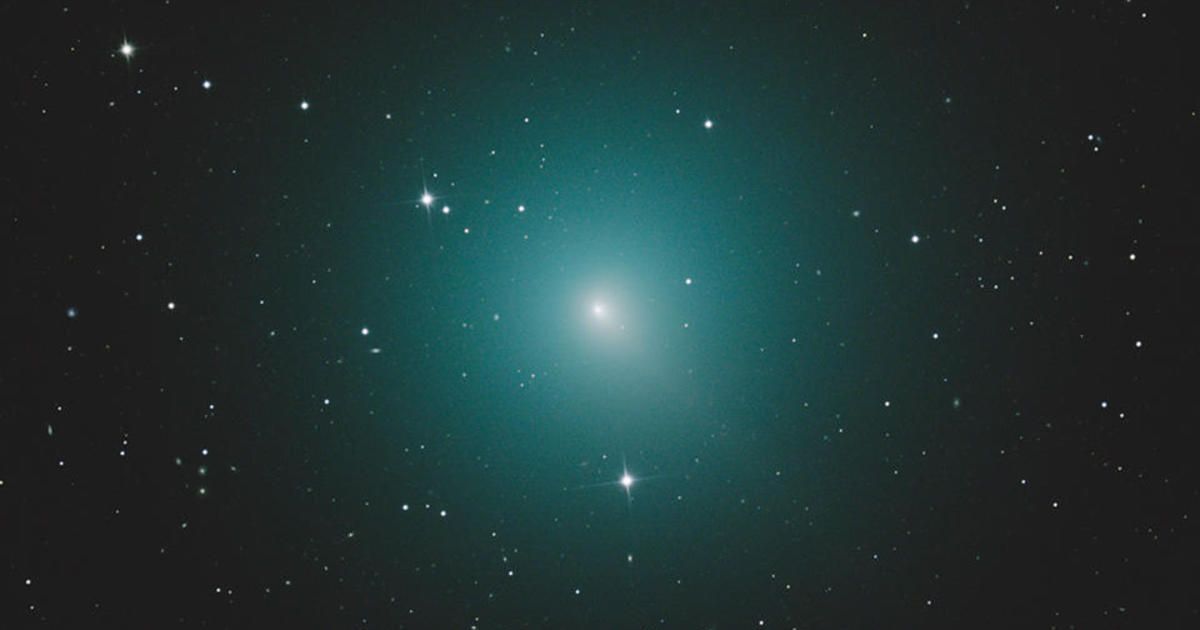
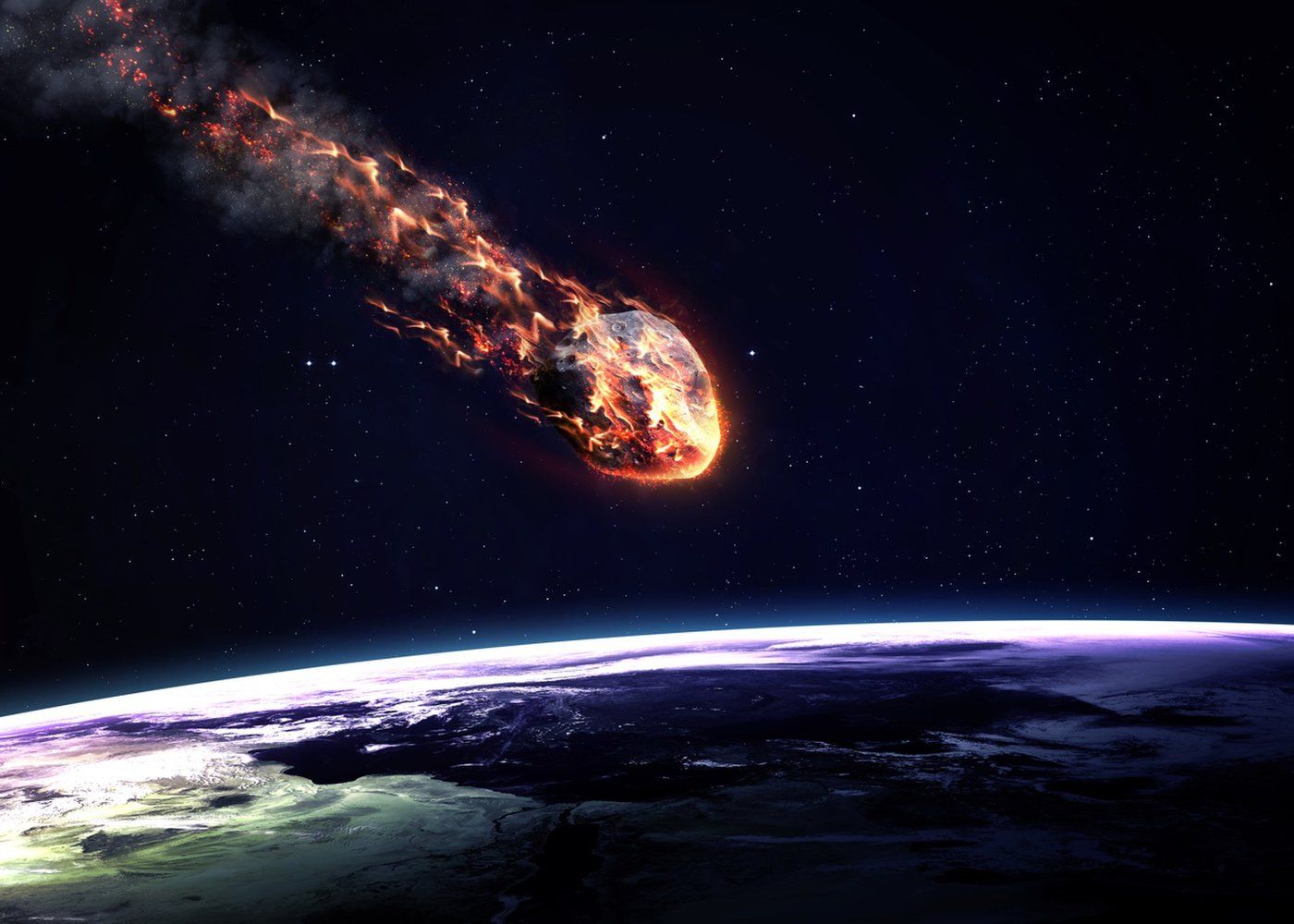
WASHINGTON — When a blazing fireball from space exploded over Earth on July 25, scientists captured the first-ever seismic recordings of a meteor impact on ice in Greenland.
At approximately 8 p.m. local time on that day, residents of the town of Qaanaaq on Greenland’s northwestern coast reported seeing a bright light in the sky and feeling the ground shake as a meteor combusted over the nearby Thule Air Base.
But the fleeting event was detected by more than just human observers, according to unpublished research presented Dec. 12 here at the annual conference of the American Geophysical Union (AGU).

Most people don’t see and experience the most exciting astronomical events not because they don’t care, but because they don’t make a plan. So here’s some advance warning. 2019 will start with a rare ‘Super Blood Wolf Moon’ eclipse, but it’s only the first of many incredible stargazing events in 2019. From eclipses and comets to supermoons and a Transit of Mercury, here’s exactly when, where and why to look up at the night sky during 2019.
1 – Super Blood Wolf Moon Eclipse
When: Sunday/Monday, January 20/21, 2019
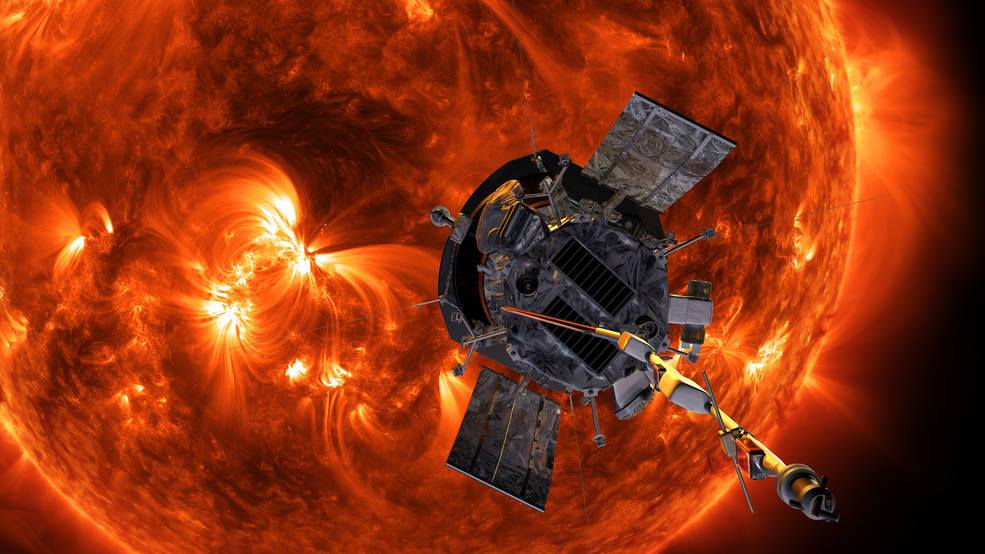
EST: Parker Solar Probe has already flown closer to the Sun than any other spacecraft! NASA Sun Science researchers share what they expect to see from the first measurements within the Sun’s dynamic atmosphere, and how that data will redefine our understanding of our star and its effects throughout the solar system. Tune in: https://go.nasa.gov/2GbhxUs #AGU18
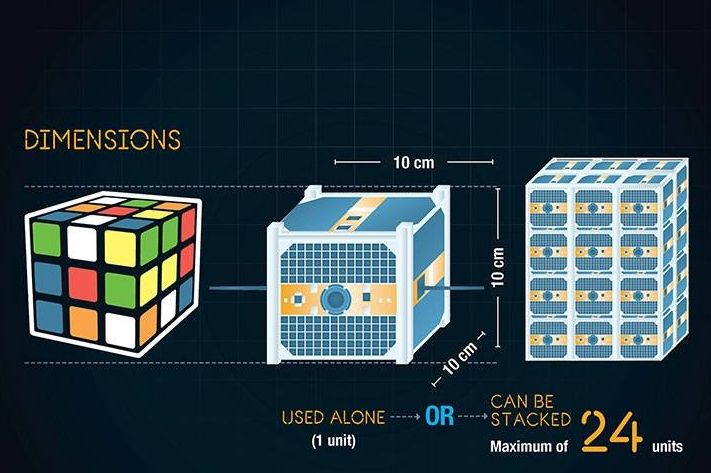
Here are fun fast facts about it.
Photo Credit: Canadian Space Agency
http://www.asc-csa.gc.ca/eng/satellites/cubesat/what-is-a-cubesat.asp
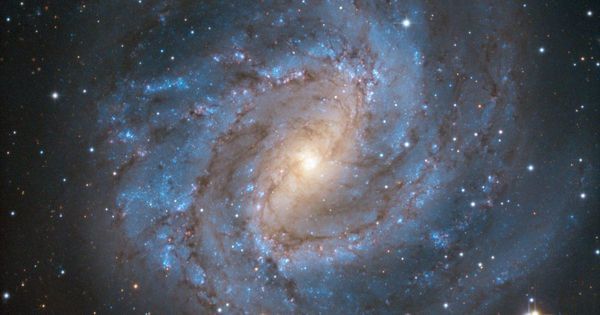
NASA directed Marvel to listen for a signal from Stark saying “Avengers, we have a problem.” #INQEntertainment
MANILA, Philippines — Tony Stark being stranded in space without food, water or air in the “Avengers: Endgame” trailer stirred the emotions of many Marvel fans.
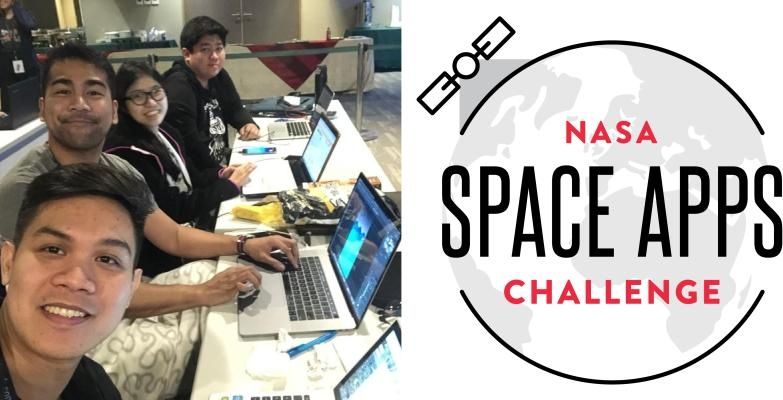
The ISDApp was designed to communicate useful information to fishermen (such as real-time weather updates, sunrise and sunset times, wind speed, and cloud coverage) without the need for an internet connection. #SpaceApps #SpaceAppsPH
For the first time, a Filipino-made app was selected to join the global NASA Space Apps Challenge. Current latest trending Philippine headlines on science, technology breakthroughs, hardware devices, geeks, gaming, web/desktop applications, mobile apps, social media buzz and gadget reviews.